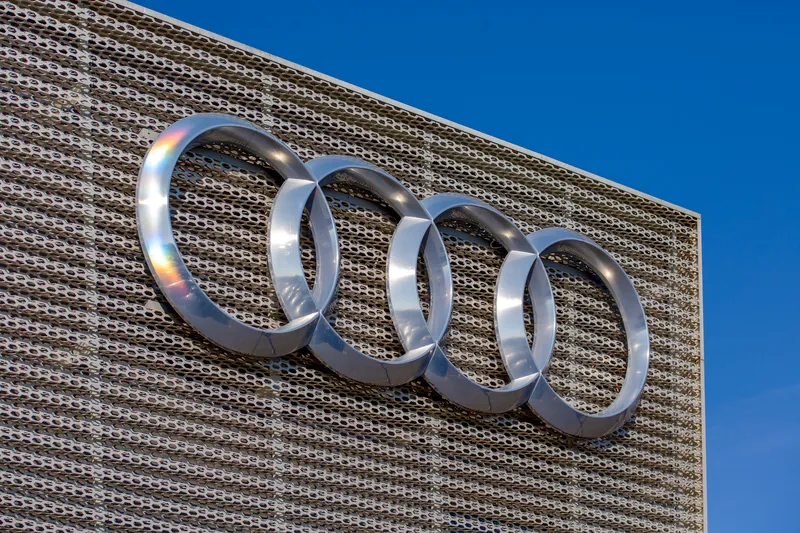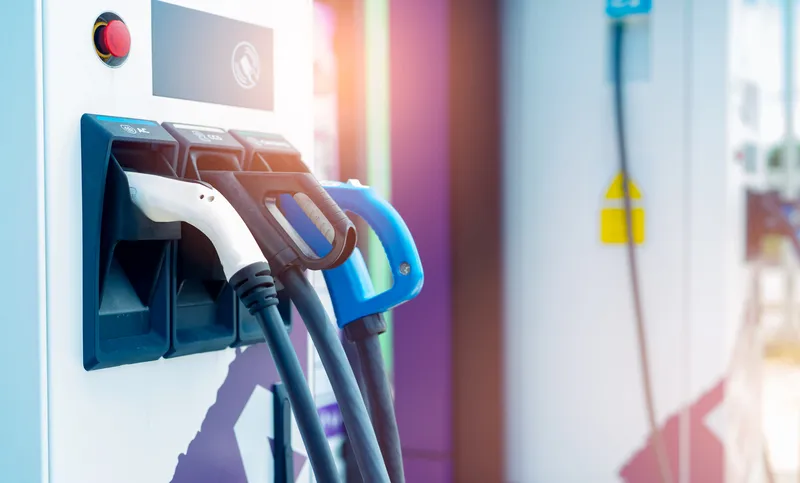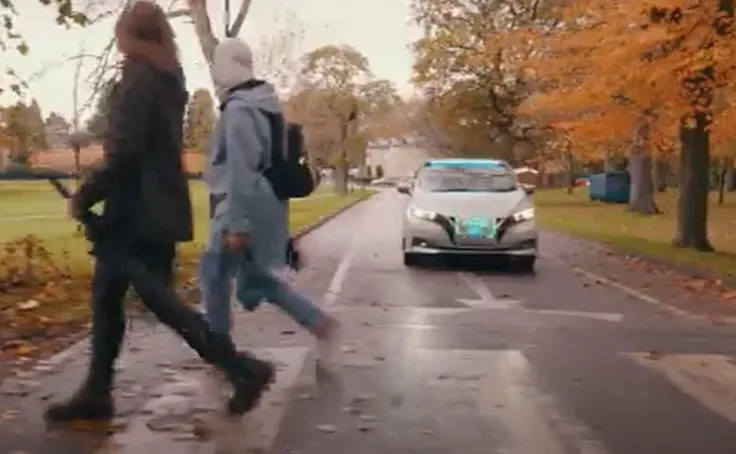
Audi of America has joined a project which aims to bring the safety benefits of cellular Vehicle to Everything (C-V2X) technology to cyclists and other vulnerable road users (VRUs).
The car manufacturer has teamed up with Qualcomm Technologies, Commsignia and safety mobility platform Spoke.
Together the organisations are demonstrating bicycle-to-vehicle use cases to explore solutions to make Audi vehicles aware of VRUs, and to create safety alerts that can help prevent incidents among all road users.
Audi is developing hardware and software in its all-electric Audi e-tron Sportback test vehicle to use both direct vehicle-to-bicycle communication using short range signals that do not rely on a cellular network and LTE signals that use cellular towers to identify bicycles on the road.
Vehicles will be able to read their surroundings to identify when bicycles are nearby, interfacing with Spoke Safety’s connected suite, and even identify bicycles that may be obstructed from a driver’s view, the companies say.
Public demonstrations of the Spoke connected bicycle technology with the Audi model were held this week at the PeopleForBikes Bicycle Leadership Conference in Dana Point, California, and will also be seen at the Sea Otter Classic in Monterey, California, April 7-10.










